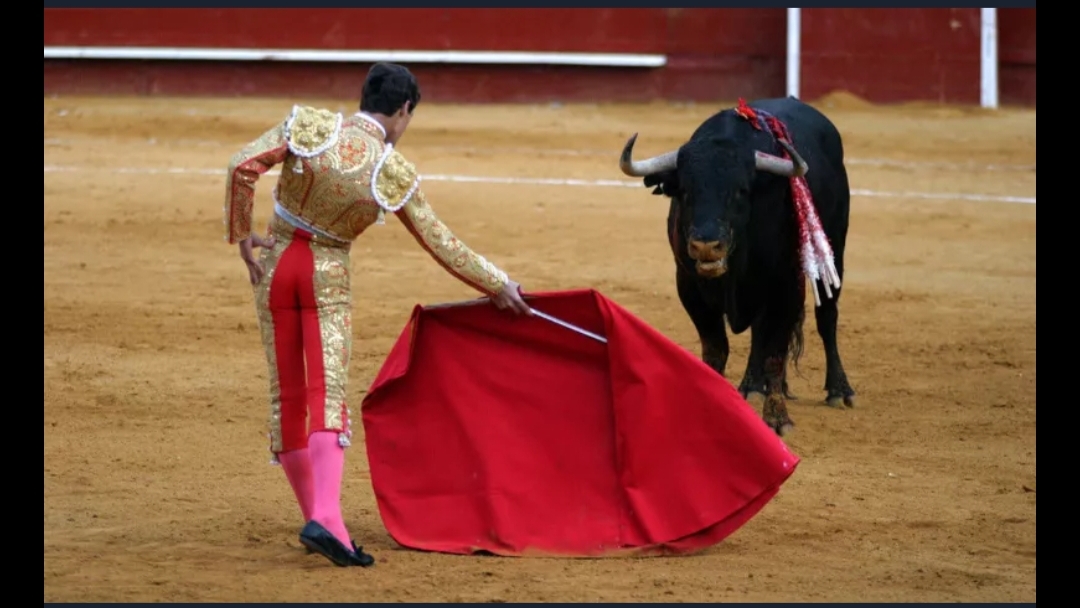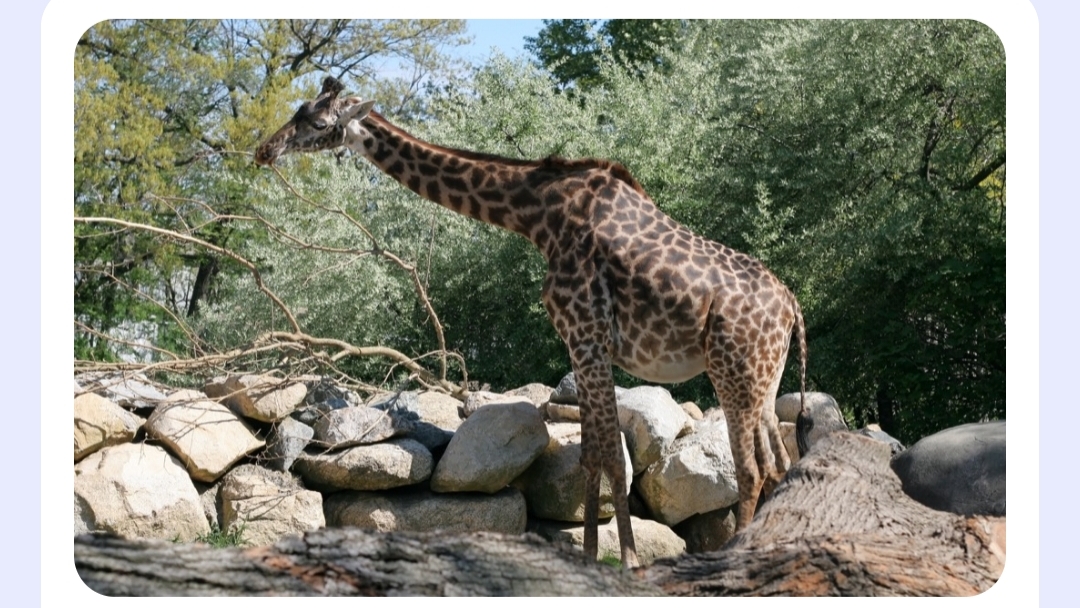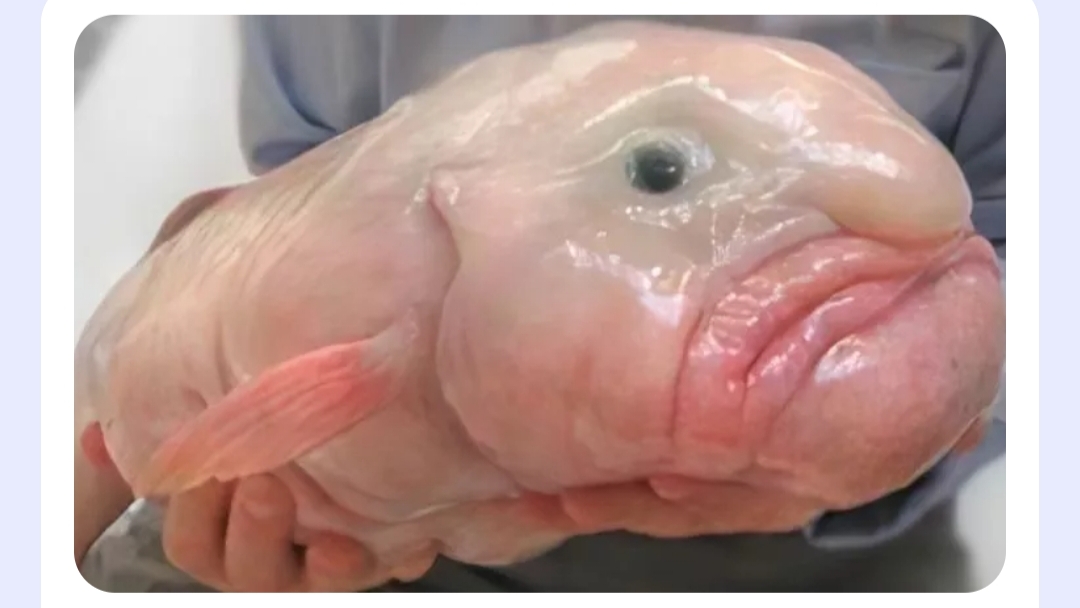Bulls And Red Color : The red color doesn't make bulls angry; they are color-blind

Bullfighting is one of the most popular and controversial customs in Spain. Every year in the summer, people flock by the thousands to see a bullfighter (matador) wave his red cape (muleta) in front of a snorting bull. The bull sees the flaming, arrogant red color and charge angrily towards it. Bulls don’t get agitated by the color red. In fact, there is very little evidence for any color aggravating bulls into causing damage. Bulls, like other ungulates (animals with hooves), have dichromatic vision. But this dichromatic vision doesn’t say much about how bulls distinguish color. Many experiments have been carried out looking at how bulls perceive and distinguish color. These experiments have noted that bulls can differentiate between different colors but none of them have conclusively associated the color red with aggression. It’s not the color, but rather the movement of the cape and the bullfighter that makes bulls so angry. Moreover, the bulls used in bullfights are from a very





